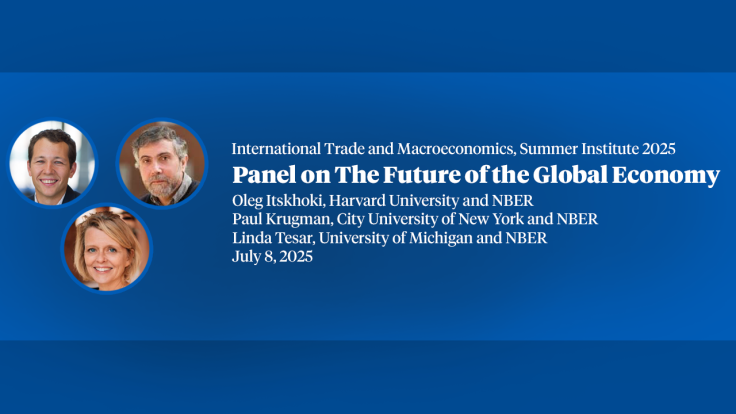What Do (Thousands of) Unions Do? Union-Specific Pay Premia and Inequality
We study the role of union heterogeneity in shaping wages and inequality among unionized workers. Using linked employer-employee data from Brazil and job moves across multi-firm unions, we estimate over 4,800 union-specific pay premia. Unions explain 3–4% of earnings variation. While unions raise wages on average, the standard deviation in union effects is large (6–7%). Validating our approach, wages fall in markets with higher vs. lower union premia following a nationwide right-to-work law. Linking premia to detailed data on union attributes, we find that unions with strike activity, collective bargaining agreements, internal competition, and skilled leaders secure higher wages. High-premium unions compress wage gaps by education while the average union exacerbates them. Post right-to-work, however, worker support for high-premium unions falls when between-group bargaining differentials are large. Our findings show that unions are not a monolith—their structure and actions shape their wage effects and, consequently, worker support.
-
-
Copy CitationEllora Derenoncourt, François Gerard, Lorenzo Lagos, and Claire Montialoux, "What Do (Thousands of) Unions Do? Union-Specific Pay Premia and Inequality," NBER Working Paper 34139 (2025), https://doi.org/10.3386/w34139.Download Citation
-


